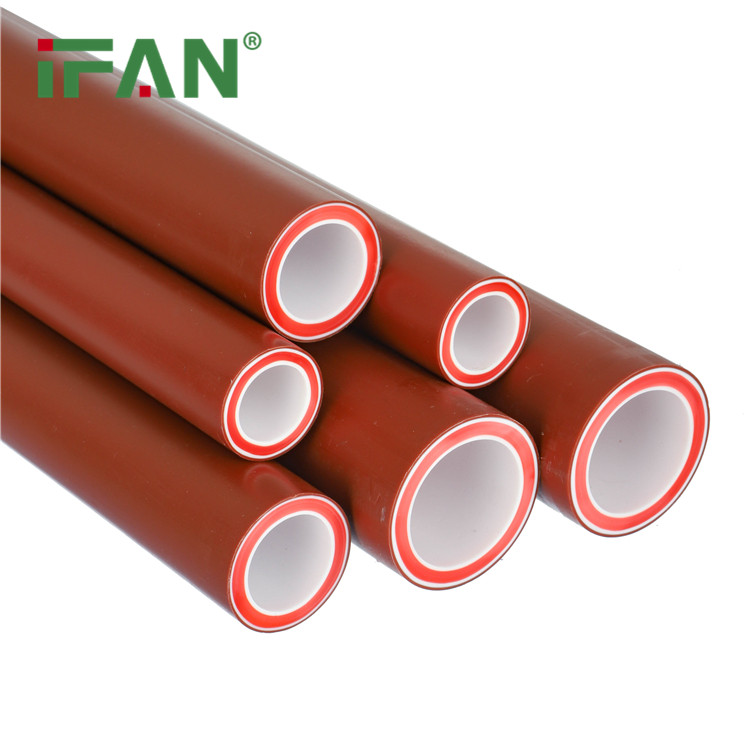PPH Pipes in the Pipeline Industry: A Reliable Choice
PPH Pipes in the Pipeline Industry: A Reliable Choice-Polypropylene homopolymer (PPH) pipes have gained significant recognition in the pipeline industry for their exceptional qualities. In this article, we will explore the various applications of PPH pipes within the pipeline sector, emphasizing their reliability and versatility.

1. Water Supply Systems–PPH Pipes in the Pipeline Industry: A Reliable Choice
a. Municipal Water Supply: PPH pipes are widely used in municipal water supply networks. Their resistance to corrosion and rust ensures the delivery of clean and safe drinking water to communities.
b. Irrigation Systems: PPH pipes are suitable for irrigation applications in agriculture. They are lightweight, easy to install, and can withstand the rigors of outdoor use.
2. Chemical Processing Industry
a. Chemical Transportation: PPH pipes are an excellent choice for conveying various chemicals in the chemical processing industry. Their resistance to chemical corrosion safeguards against leaks and contamination.
b. Acid Handling: Industries dealing with acids, such as battery manufacturing and chemical production, rely on PPH pipes for their acid-resistant properties.
3. Ventilation and Exhaust Systems
a. Industrial Ventilation: PPH pipes are used in industrial ventilation systems to remove fumes, gases, and airborne particles. Their durability and resistance to chemical exposure make them ideal for such applications.
b. Vehicle Exhaust Systems: PPH pipes are utilized in vehicle exhaust systems due to their ability to withstand high temperatures and corrosive exhaust gases.
4. Environmental Engineering
a. Wastewater Treatment: PPH pipes play a crucial role in wastewater treatment plants. Their resistance to biological growth and chemical degradation ensures the durability of these systems.
b. Landfill Leachate Collection: PPH pipes are used for collecting and transporting leachate from landfills. Their resistance to aggressive chemicals and environmental factors is essential for this application.
Key Advantages of PPH Pipes
a. Corrosion Resistance: PPH pipes excel in environments with corrosive substances, providing long-lasting performance.
b. Lightweight: Their lightweight nature simplifies transportation and installation, reducing labor costs.
c. Smooth Inner Surface: PPH pipes have a smooth inner surface that minimizes friction and ensures efficient fluid flow.
d. Cost-Efficiency: These pipes offer cost-effective solutions due to their long lifespan and minimal maintenance requirements.
e. Eco-Friendly: PPH pipes are recyclable, contributing to sustainable practices in the industry.
Conclusion
Polypropylene homopolymer (PPH) pipes have become indispensable in the pipeline industry, serving a wide array of applications ranging from water supply systems to chemical processing and environmental engineering. Their outstanding resistance to corrosion, lightweight design, and cost-efficiency make them a reliable choice for modern pipeline needs. As industries continue to seek durable and dependable piping solutions, PPH pipes are likely to maintain their significant presence in the pipeline sector.
IFAN
IFAN factory started in 1993. And IFAN has workshop 120000 square meter with 610 staff. IFAN can design and produce all plumbing pipe and fitting include PPR,PVC,CPVC PPSU HDPE PEXA PEXB PERT pipe and fitting ,brass fitting, brass ball valve ,heating system , gas system , sanitary faucets and hose, In the past 30 Years, IFAN has never forgotten his mission-To protect health and safety. And IFAN factory use best materials to produce high quality pipe and fittings with automatic production line and high tech quality control machines. The most important,IFAN can guarantee that all pipes and fittings manufactured by IFAN are qualified. more information pls feel free contact us facebook

